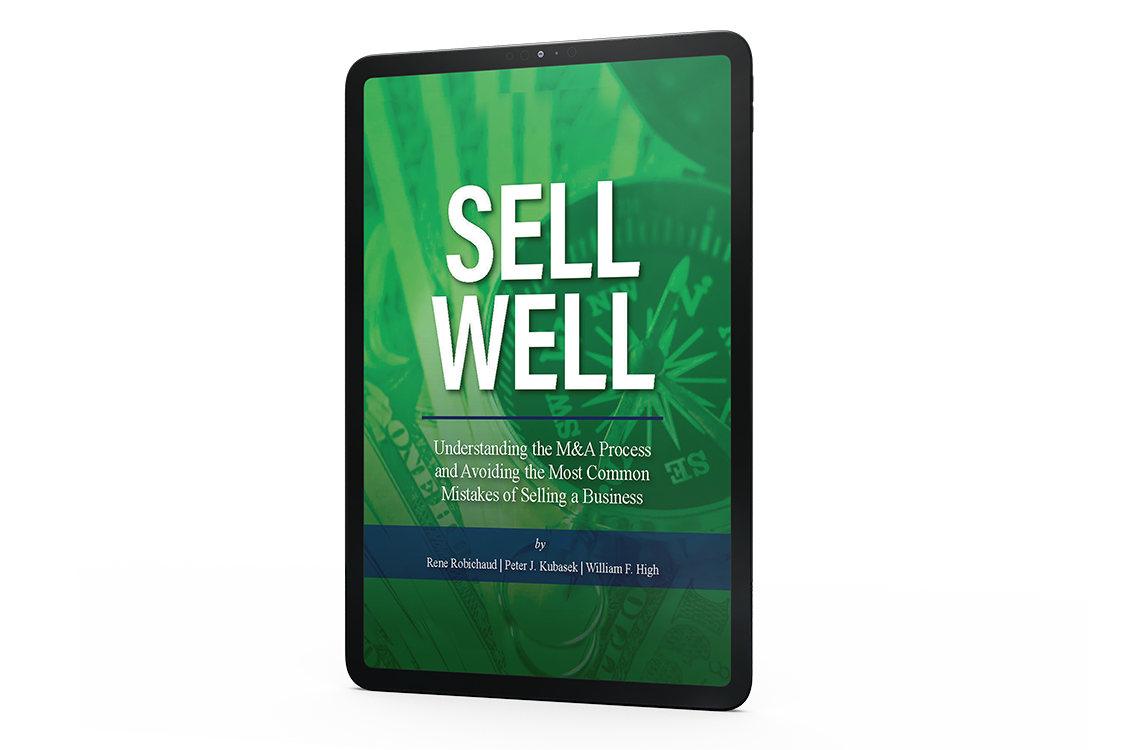ArkMalibu Industry Snapshots, Second Quarter 2021
We invite you to read our M&A analysis and access the Market Monitor links below, where you may download detailed reports containing M&A trends and data from 17 industries. Please feel free to contact us at 513-583-5413 to discuss how the information presented in each report relates to your business and its own unique set of value drivers.
U.S. & Canada M&A Overview
- The 4th M&A wave continued in Q3 2021 with over $581 billion aggregate transaction value in the U.S. & Canada; up by 38% compared to Q3 2020
- Through the first three quarters of the year, total transaction value in the US has amounted to nearly $2.0 trillion, surpassing the previous record set in 2007
- Deal count numbers for the U.S. and Canada in 2021 totaled 17,001 through Q3, a 32% increase over the same period in 2020
- Annualized results for 2021 are 19% above the 4-year average and show that 2021 deal count is on pace to be the highest ever
- Median deal multiples ended the third quarter at 12.5x LTM EBITDA; 9% above the average of the last four years and 18% above multiple values in 2020
- Ample dry powder in the market combined with a huge active buyer pool, low interest rates and possible tax increases are creating lively auction processes, resulting in multiple expansion for sellers
- Private Equity firms are looking to deploy $829 billion, while large corporations are carrying over $3.5 trillion in cash on their balance sheets
- The Global M&A market is also seeing record levels of activity
- Global deal volume year-to-date reached $4.3 trillion, eclipsing the previous high of $4.1 trillion hit in 2007
- The United States has accounted for nearly half of all global M&A deal volume in 2021 through Q3
- Most sectors have benefited from the M&A boom seen globally; tech has been an abnormally large beneficiary, seeing software deal volumes more than triple in the first nine months of 2021 as companies continue to prepare for a post-pandemic world
- Healthcare Services and Medical Technologies sectors have seen elevated deal volumes in 2021; both 49% higher than the average volumes for the past four years
- Surging deal volumes in these sectors have been driven by the scramble to supplement staffing gaps in an industry that was turned on its head by the pandemic; also contributing is the return of elective treatments and planning and for robust capital expenditures
- Oilfield equipment and services deal volumes have remained suppressed with year-to-date 2021 deal volume down 29.4% compared to the same period in 2019
- Despite rising energy prices, robust M&A activity has yet to return to the sector
- Rig counts started to pick up towards the end of the quarter creating a positive dynamic for drilling and field services companies that were hit especially hard by the pandemic slow down
- Private Equity (PE) buyers have been especially active in the M&A market this year, fueled by the low interest rates perpetuated by an accommodative FED policy
- PE buyout activity year-to-date is 133% higher than 2020
U.S. Equity Market Overview
- Q3 2021 was a mixed bag for U.S. equity assets
- Large Cap stocks ended the quarter slightly positive overall, led by the Index’s high concentration of growth-oriented stocks; as of quarter end, the top 10 names in the S&P 500 index accounted for 29.3% of the market capitalization
- Small Cap stocks (Russell 2000) ended the quarter with a drawdown of -4.4%
- Small Cap Value indexes led Small Cap Growth indexes in a bifurcation from their Large Cap counterparts; “Meme Stocks” (such as AMC and Gamestop) saw renewed investor fervor during this quarter helping to prop up Small Cap Value indexes despite drawdowns across the asset class
- Overall S&P 500 NTM PE ratios came down in the third quarter, hitting 20.3x; this remains over one standard deviation above the 25-year average of 16.8x
- 25% of U.S. stocks are trading over 10.0x price to sales; to see levels akin to this, investors would have to look all the way back to the dot com bubble of the late 1990s early 2000s
- The valuation spread, as measured by PE ratios, between the 20th percentile and 80th percentile of the S&P 500 currently sits at 19.1x; a substantial increase from the 25-year average of 11.1x
- The percentage of U.S. companies beating their Q3 earnings is at a 25-year high
- In 2021, U.S. corporate earnings growth is expected to be 46%, signaling continued recovery and growth well above the 13% decline in corporate earnings experienced in 2020
Economic Update
- U.S. household net worth hit an all-time high in Q3 reaching $142 trillion
- This statistic bodes well for the continuing economic recovery as consumer spending typically accounts for 70% of GDP in the U.S.
- There has been an unprecedented V-Shaped recovery in U.S. GDP driven by a release of pent-up demand that has occurred as reopening measures continued across the country
- Despite that, overall U.S. Real GDP remains below the trend growth level forecasted in 2019
- Home prices, the largest asset in most household portfolios, have seen over 20% growth year-over-year
- The hot economy is creating inflationary concerns with rising prices in homes and at stores
- Inflation is currently above 5.0%, compared to the 1.8% average annual inflation the U.S. has experienced over the past 10 years
- Some believe inflation to be more “transitory”, pointing to continued supply chain pressures, labor shortages, and CPI calculation methodology
- Wages have shown growth as companies attempt to lure workers; labor issues have plagued many U.S. businesses in the late-pandemic recovery
- According to a Bloomberg survey of U.S. small business owners, over 30% of respondents plan to raise worker compensation
- This statistic comes as U.S. businesses attempt to bridge the labor gap that the Bureau of Labor Statistics (BLS) estimates at around 7.5 million workers
- The BLS estimates that 2.7 million workers have yet to return to the workforce in part due to unemployment income being higher than offered wages
- 5 million more workers retired during the pandemic than were expected, driven by concerns regarding COVID in the office setting
- 700,000 seasonal workers, typically a bastion of the fall harvest in the United States, have been unable to secure temporary work visas
- Another 800,000 workers have left their jobs for the growing Gig Economy (ride sharing, food delivery, etc.)
- Increased labor and input costs are forcing many companies to raise prices; over 45% of U.S. small businesses plan to raise prices
- Overall wage increases are still lagging inflation, leading to negative real wage growth
- Stagflation concerns have started to surface; Blue Chip consensus GDP growth estimates for Q3 (Final FED numbers will be released in late October) were cut in half during the month of October (from just over 6% to nearly 3%)
- The Federal Open Markets Committee (FOMC) is forecasting the federal funds rate at 1.75% by the end of 2024, but market expectations have only priced in an increase to 1.25%
ArkMalibu Approach
Our team at ArkMalibu is proud of our conflict-free business model, M&A expertise, and value-added processes, which continue to deliver results that far exceed the expectations of our clients, the one-time sellers. We would be delighted to listen and then help you navigate the M&A market in achieving your goals.


